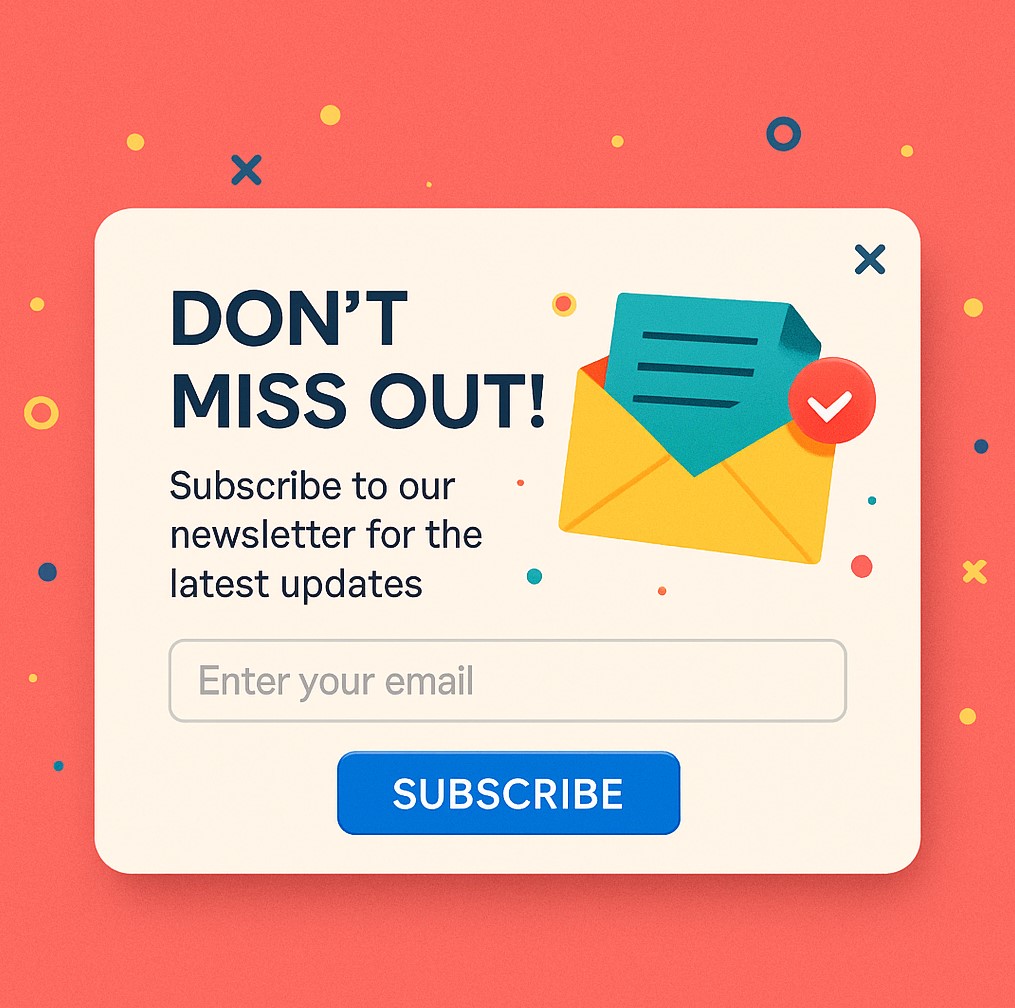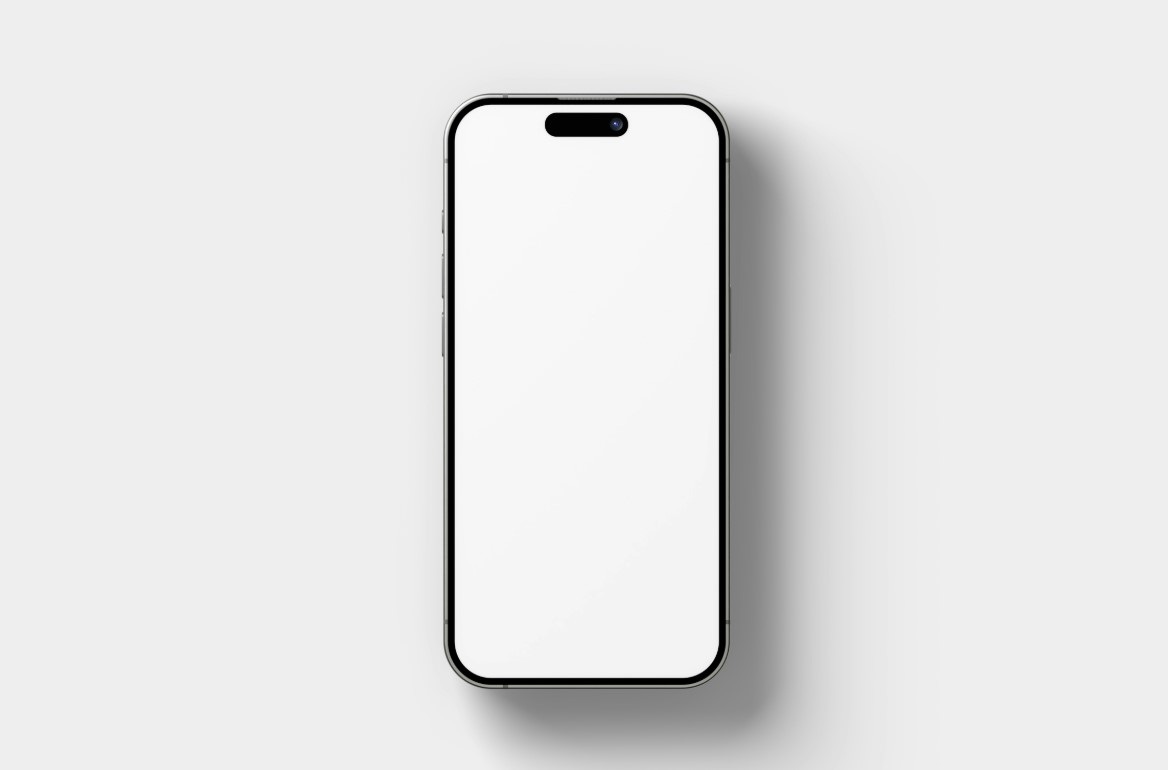Pop-up advertising is a powerful tool in the digital marketing arsenal. It can capture attention quickly and effectively. But it also has a reputation for being intrusive.
For small business owners, understanding pop-up ads is crucial. They can boost brand visibility and drive customer engagement. However, they can also frustrate users if not implemented well.
The key lies in balancing impact with user experience. Well-designed pop-ups can enhance a website’s appeal. Poorly executed ones can drive visitors away.
Pop-up ads have evolved over the years. They are no longer just annoying distractions. When used strategically, they can be valuable assets.
This guide will explore the impact of pop-up advertising. We’ll discuss how to use them effectively. You’ll learn to create ads that attract, not repel.
By the end, you’ll have actionable insights. These will help you craft a cost-effective advertising plan. Your brand will stand out, and new customers will follow.
What Is Pop-Up Advertising?
Pop-up advertising involves displaying an additional window or dialogue box on a user’s screen. This new content appears over the existing webpage. It’s designed to grab immediate attention. Now, don’t get confused because Pop-Up advertising and Pop-Under advertising are two different things. If you want to learn about what Popunder traffic is, head over and read our Popunder comprehensive guide.
These ads can serve various purposes, such as promoting special offers or collecting emails. They are versatile tools in a marketer’s strategy. When done right, they enhance the user’s journey.
Common Features of Pop-Up Ads:
- Intrusive by Nature: They interrupt the browsing experience.
- Visually Distinct: Designed to stand out from the main content.
- Action-Oriented: Encourage immediate user engagement, like clicking a link or subscribing.
Originally, pop-up ads were notorious for irritating users. However, improved designs now provide value without excessive disruption. It’s all about finding the right balance.

As you plan your advertising, remember that pop-up ads are effective when strategically placed. Their design and messaging should align with your brand goals. This ensures they are viewed as helpful rather than intrusive.
The Evolution of Pop-Up Ads: From Annoyance to Engagement
Pop-up ads have come a long way since their inception. Initially, they were known for their intrusiveness. Users often found them annoying and disruptive. This negative perception was a significant barrier.
Over time, advertisers have innovated to improve the user experience. They realized that relevance and timing are key. A well-placed pop-up can actually enhance engagement.
Key Changes in Pop-Up Ads:
- Improved Design: More visually appealing and less intrusive.
- Better Timing: Appear at moments that make sense for users.
- Personalization: Tailored to the visitor’s interests and behaviors.
With these improvements, pop-ups have transformed from a nuisance to a powerful engagement tool. Companies can now drive conversions without negatively impacting user experience.

Today, the focus is on delivering value. When executed effectively, pop-ups can be a win-win. They offer users valuable information while meeting marketing objectives.
How Pop-Up Ads Affect User Experience
Pop-up ads have a notable impact on user experience. They can either enhance or disrupt depending on their implementation. Understanding this is crucial for effective advertising.
When executed poorly, pop-ups can frustrate users. An ad that interrupts too frequently can lead to increased bounce rates. This is something every advertiser wants to avoid.
However, well-designed pop-ups can add value. They can provide timely and relevant information. This might include special offers or important updates. Timing and content are crucial here.
Here’s how pop-up ads can affect user experience:
- Positively: When informative and well-timed.
- Negatively: When intrusive and poorly designed.
- Neutral: When they go unnoticed or are easily dismissible.

Successful pop-up ads respect the user’s visit. They should offer a beneficial reason for appearing. This approach helps in building trust and engagement with the audience.
Ultimately, the key is balance. Ads should enhance the experience, not hinder it. Regular testing and feedback can guide this balance. Implementing user-centric designs can promote a positive interaction.
Adhering to best practices ensures that your pop-ups serve their purpose effectively. It’s essential to always monitor and optimize based on user interactions. In doing so, pop-ups can become a significant asset in your digital strategy.
The Pros and Cons of Pop-Up Advertising
Pop-up advertising, like any strategy, has its strengths and weaknesses. Understanding both can help optimize its use effectively.
One advantage is the ability to grab attention. Pop-ups are designed to stand out. This can be very effective when promoting special offers or collecting email subscriptions.
Moreover, pop-ups can enhance brand visibility. They serve as a direct communication channel with users. This can increase brand awareness and customer engagement.
Pros of Pop-Up Advertising:
- Immediate Visibility: Captures user attention quickly.
- Direct Engagement: Encourages interaction with promotions or notices.
- Conversion Boost: Strategic use can lead to more sign-ups or sales.
However, there are drawbacks to consider. Poorly timed pop-ups can frustrate users, leading to negative perceptions. Overuse can contribute to higher bounce rates.
Another concern is the potential for disrupting user experience. Intrusive ads can dissuade users from returning to a site. This makes it crucial to find the right balance between visibility and intrusiveness.
Cons of Pop-Up Advertising:
- User Annoyance: Interrupts the browsing flow.
- Bounce Rate Increase: Can drive users away if poorly implemented.
- Brand Damage: Overuse may lead to a negative brand image.

Balancing these pros and cons is vital. With strategic planning and thoughtful design, pop-up ads can be a powerful tool. It’s all about mindful implementation and ongoing refinement.
Types of Pop-Up Ads and Their Purposes
Pop-up ads come in different types, each with distinct roles. Recognizing their purposes aids in leveraging them effectively.
One popular type is the entry pop-up. This appears when users first land on a website. It’s great for welcome messages or special promotions.
Another type is the exit-intent pop-up. This activates when users show signs of leaving the site. It’s often used to retain visitors by offering discounts or subscription prompts.Then there are scroll-triggered pop-ups. These appear after users scroll to a certain point on a page. They work well for guiding users to related content or promotions.

Time-based pop-ups are set to appear after a predetermined duration. They are ideal for engaging users who spend time exploring a site.
Lastly, consider click-triggered pop-ups. These are user-initiated through clicks on specific elements. They’re useful for revealing more information without disrupting the experience.
Types of Pop-Up Ads:
- Entry Pop-Up: Appears on page load.
- Exit-Intent Pop-Up: Triggers on exit signals.
- Scroll-Triggered Pop-Up: Shows after scrolling.

Each pop-up type has a specific goal. Selecting the right type depends on your objectives and user journey. Proper integration elevates user interaction without annoyance.
Best Practices for Effective Pop-Up Ads Advertising
Crafting successful pop-up ads requires strategy. A balance between grabbing attention and preserving user experience is key.
Start by designing minimalist visuals. Less clutter ensures the message is clear and impactful. Avoid overwhelming graphics.
Timing is also crucial. Analyze when your audience is most active. This helps optimize when pop-ups should appear for maximum effectiveness.

Incorporate strong calls-to-action. Use enticing language that prompts users to act immediately. Phrases like “Sign Up Now” or “Get This Offer” work well.
Here are some vital design tips:
- Keep it clean and simple.
- Use contrasting colors for text and buttons.
- Ensure readability across all devices.
Another tactic involves personalization. Tailor pop-ups based on user behavior. Custom messages resonate more and increase conversions.Don’t forget to test extensively. A/B testing different designs and messages can reveal what works best for your audience

Consider these timing tips:
- Align pop-ups with user activity peaks.
- Use exit-intent triggers to capture leaving users.
- Limit frequency to avoid annoyance.
It’s vital to respect visitor preference. Make closing pop-ups simple, with visible exit options. Never force interactions.
Finally, integrate analytics tools. Track metrics like view rates, click-through rates, and conversions. Regular analysis boosts strategy refinement. Adhering to these practices ensures that pop-up ads are not only effective but enhance user satisfaction. Combining thoughtful design, strategic timing, and user-centric approaches leads to successful pop-up ad campaigns.
Pop-Up Ads and Mobile User Experience
In today’s digital age, mobile experiences drive much of online engagement. Pop-up ads designed for mobile must be unobtrusive yet effective. Screen size is a major consideration. Design pop-ups to fit smaller displays without sacrificing clarity or functionality.

For a seamless user experience, use these practices:
- Make buttons large enough for easy tapping.
- Optimize loading times to avoid lag.
- Ensure readability with responsive design.
Timing plays a crucial role in mobile interactions. Users are often on the move, so interrupting at the wrong moment can lead to frustration.
Avoid covering critical content. Pop-ups should not hide navigation elements or essential information. User accessibility is paramount.
A smooth, responsive interface keeps users engaged. Test your pop-ups across diverse devices and browsers.
Adapting to mobile environments ensures pop-up ads support and enhance, rather than detract from, user experience. Prioritizing a user-first approach guarantees better outcomes and loyalty from mobile visitors.
Compliance, Privacy, and User Trust
Incorporating pop-up ads requires careful attention to compliance and privacy standards. Trust is a vital currency in digital marketing. Regulations like GDPR ensure user privacy is protected. Violating these can damage your reputation and incur penalties.

To maintain trust, consider the following:
- Be transparent about data usage.
- Obtain explicit consent for collecting user data.
- Include clear privacy policies and opt-out options.
Users appreciate when their privacy concerns are addressed. Providing them with choices enhances their trust in your brand. Ultimately, respecting privacy strengthens relationships with your audience. It creates a foundation for sustainable engagement. Compliance isn’t just a legal necessity; it’s a pathway to building loyalty and mutual respect with your customers.
Measuring the Success of Your Pop-Up Ads
Effectively measuring pop-up ad success is crucial for optimization. It helps you understand what’s working and where improvements are needed. Use analytics tools to track key metrics. These metrics provide insights into your pop-up ads’ performance and impact.

Focus on these essential metrics:
- Conversion rates from pop-up ads.
- Bounce rates before and after ad implementation.
- User engagement with the ads.
Regularly analyze these metrics to refine your approach. This analysis allows you to align your pop-up strategy with business goals.
With consistent evaluation, you can adapt quickly. This flexibility ensures your pop-up ads remain relevant and effective over time.
Actionable Steps for Small Business Owners
Small business owners can harness pop-up ads effectively. Start with clear goals. Knowing what you want to achieve guides your strategy. Next, tailor your ads to your audience. Understand their preferences and behaviors. This personalization boosts engagement significantly.
Implement these strategies for success:
- Use A/B testing to refine ad designs.
- Ensure ads are mobile-friendly for wide reach.
- Limit frequency to avoid annoying users.
Monitor your pop-up ads regularly. Adjust based on performance data and user feedback. Continuous improvement keeps your ads effective. Finally, integrate pop-up ads with broader marketing efforts. This integration ensures a unified message, enhancing brand impact.
Conclusion: Balancing Impact and Experience
Pop-up advertising can transform user engagement when applied thoughtfully. Achieving the right balance is key to success. Pop-ups should enhance rather than disrupt. By crafting relevant, user-friendly ads, businesses can improve interactions. Tailored approaches lead to higher engagement levels. This benefits both users and brands alike. Keep the user experience at the forefront of your strategy. Regularly evaluate and adjust your pop-ups as needed. This ensures you maintain a positive and impactful presence




